Fortinet 140601 802.11 ac wave2 4x4 module User Manual PRODUCT DESCRIPTION
Fortinet Inc. 802.11 ac wave2 4x4 module PRODUCT DESCRIPTION
Fortinet >
Users Manual_rev 2.pdf
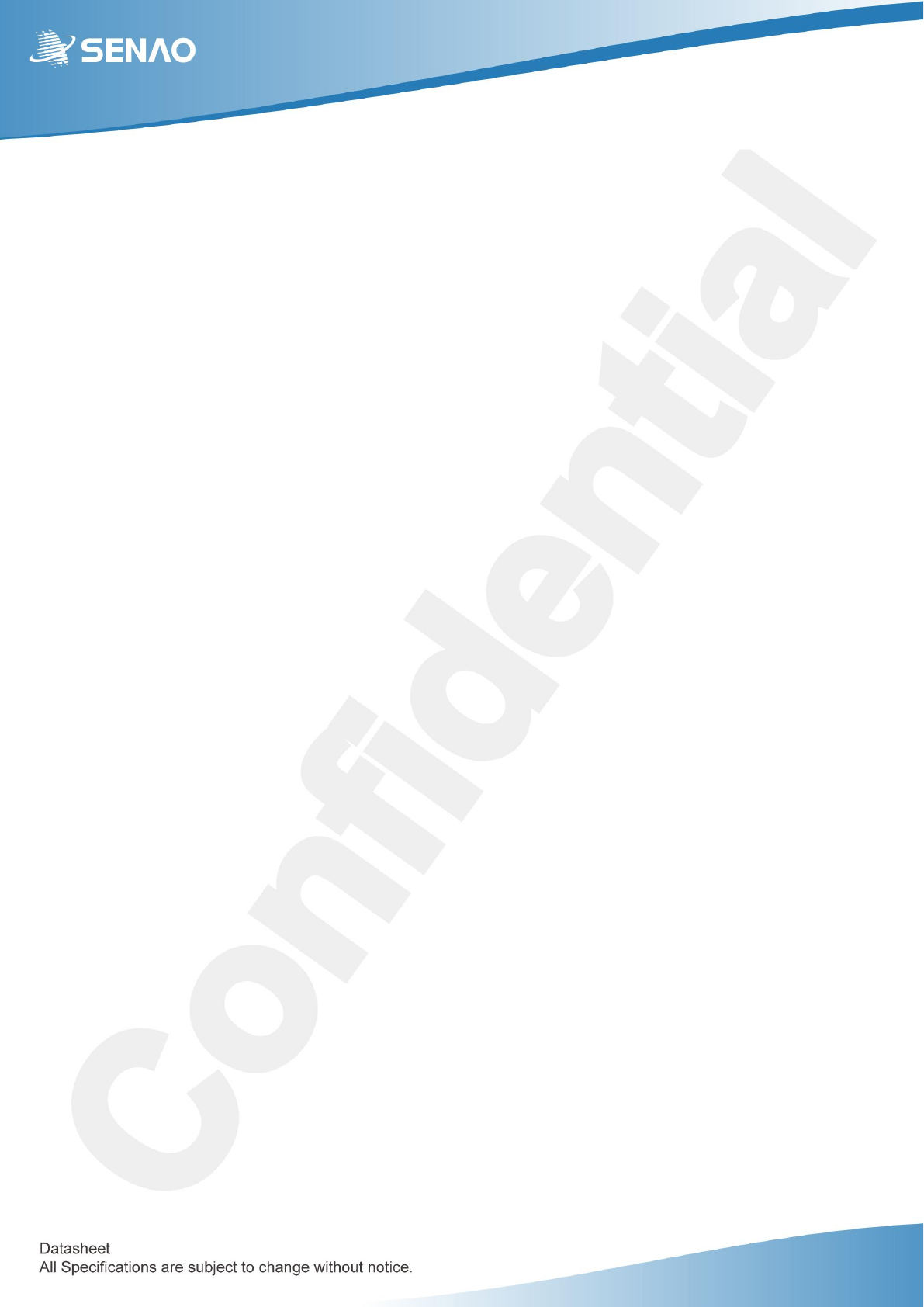
Page 1
User’s Manual
Model : PCE5501AN-XX
Version: 2017.2.23
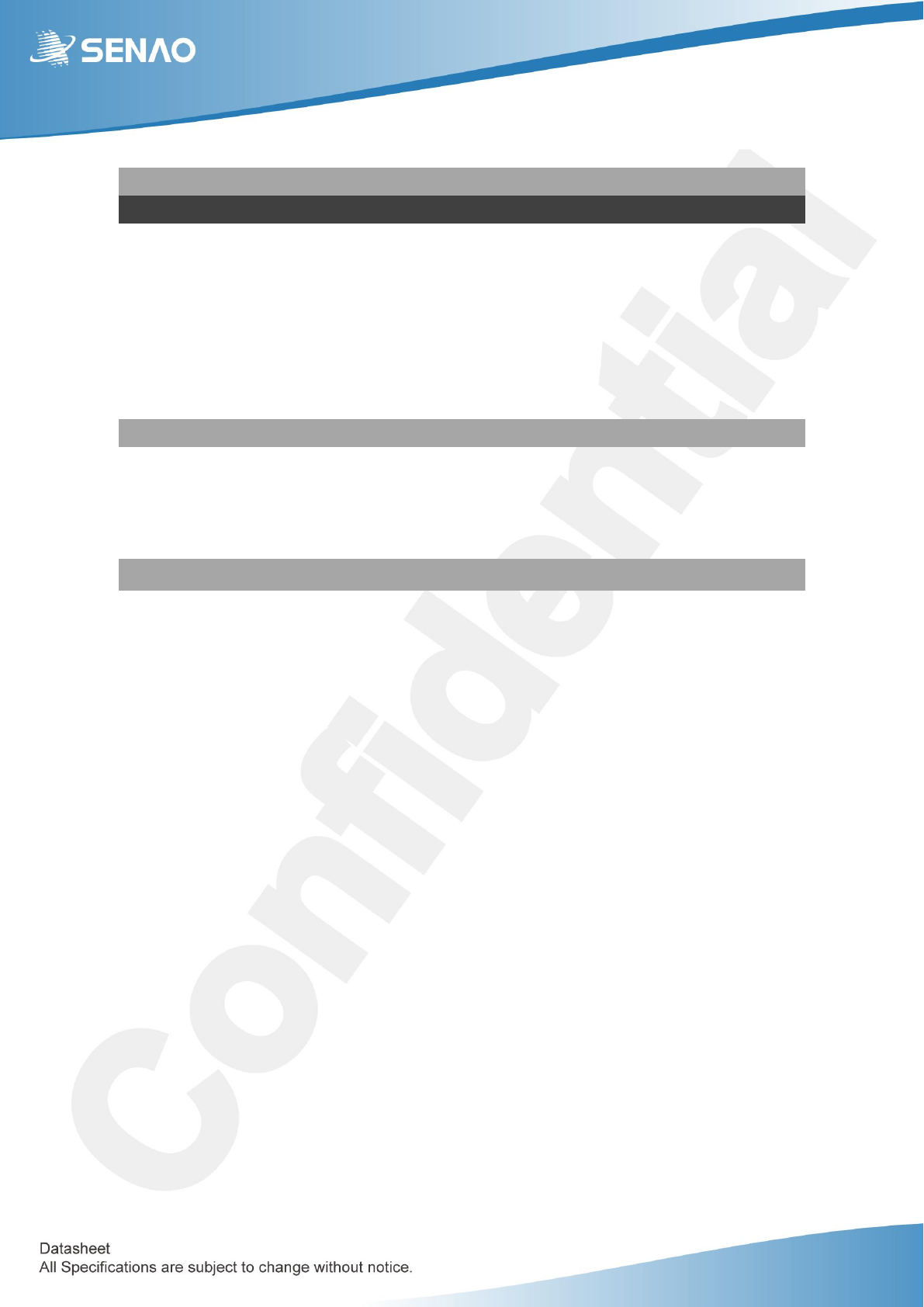
Page 2
1. Introduction
PCE5501AN
2.4 / 5 GHz
802.11a/b/g/n
300Mbps
The PCE5501AN is adapting the next generation 4x4
MU-MIMO Wi-Fi technology, 802.11ac. It provides the
great improvement in the performance compared with
802.11n and achieves wireless performance of up to
1.7Gbps.
2. Feature
PCE5501AN
Main Chip: Qualcomm QCA9980
It support data rate at 1.7Gbps
Operating frequency: 5GHz
3. Harware Installation
PCE5501AN
3-1. Installation Overview
PCE5501AN wireless module is design for access point, Router.
3.2 Safety Recommendations
The safety guidelines are as follows:
Keep the board area clear and dust-free before, during, and after installation.
Keep tools away from walk area where you and others could fall over them.
Do not wear lose clothing or jewelry, such as earrings, bracelets hat could get caught in the board
Wear safety glasses if you are working under any conditions that might be hazardous to your eyes.
Do not perform any action that creates a potential hazard to people or makes the equipment unsafe.
Never attempt to lift an object that is too heavy for one person to handle.
3.2 Maintaining Safety with Electricity
Warning: Before working o a board or working near power supplies, unplug the power cord on AC units;
on DC unit, disconnect the power at the circuit breaker.
Follow these guidelines when working on equipment powered by electricity:
- Do not work alone if potentially hazardous conditions exist anywhere in your work space.
- Never assume that power is disconnected from a circuit; always check the circuit.
- Extension cables, frayed power cords, and missing safety grounds. If an electrical accident occurs,
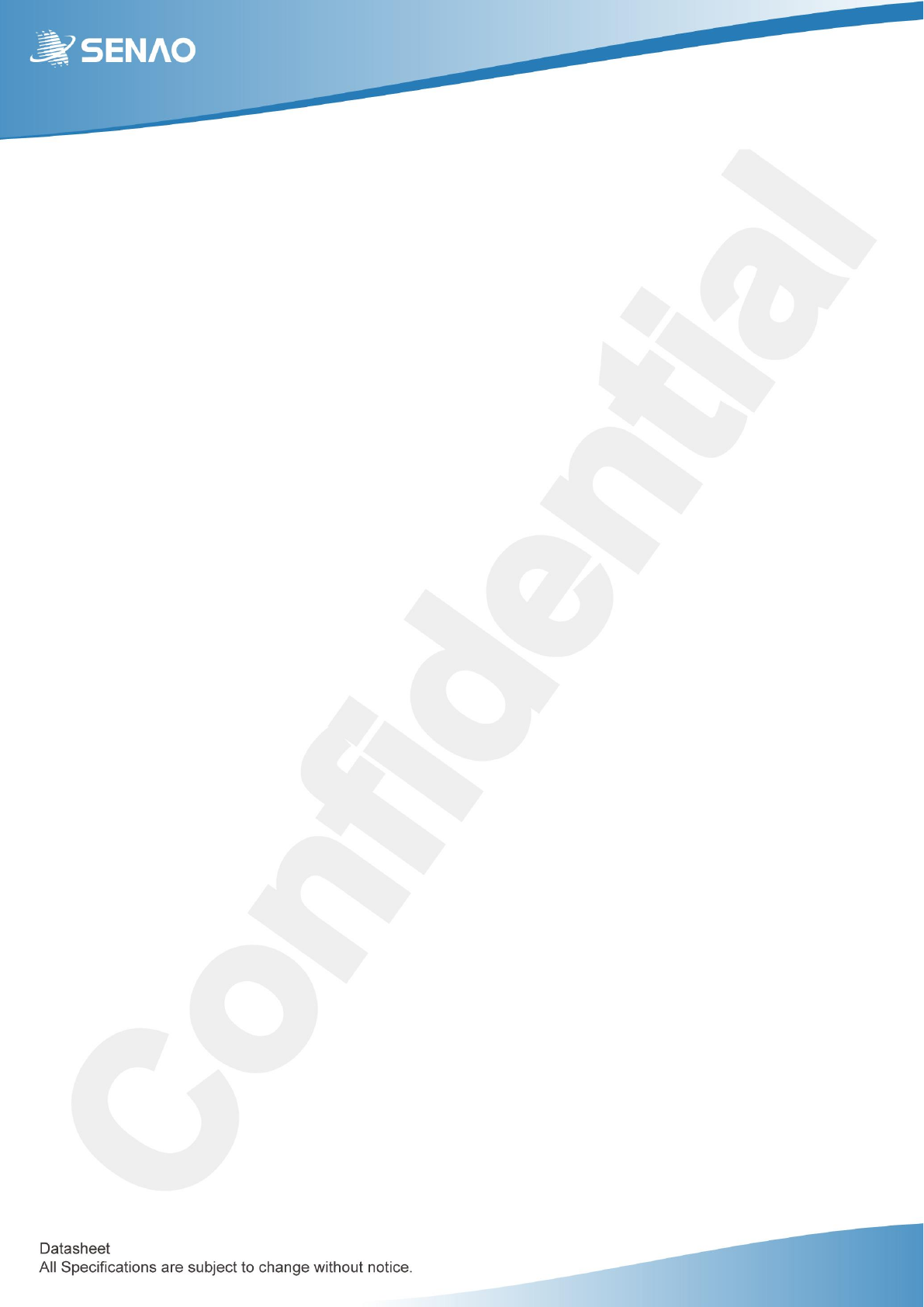
Page 3
proceed as follows:
- Use caution; do not become a victim yourself
- Disconnect power from the system
- If possible, send another person to get medical aid. Otherwise, access the condition of the victim and then
call for help.
- Determine if the person needs rescue breating or external cardiac comparessions; then take appropriate
action.
3.3 Installing
- Remove the module from its protective packaging
- Avoiding Electrostatic Discharge
- Before your install the module, ground yourself by touching a piece of metal to avoid electrostatic
discharge (EDS).
You share able take the following precautions to prevent damage to the module:
- Keep module in its antistatic-shielded bag until you are ready to install it.
- Handle the module by its edges.
- Ensure the connector is connected to above Model’s board tightly.
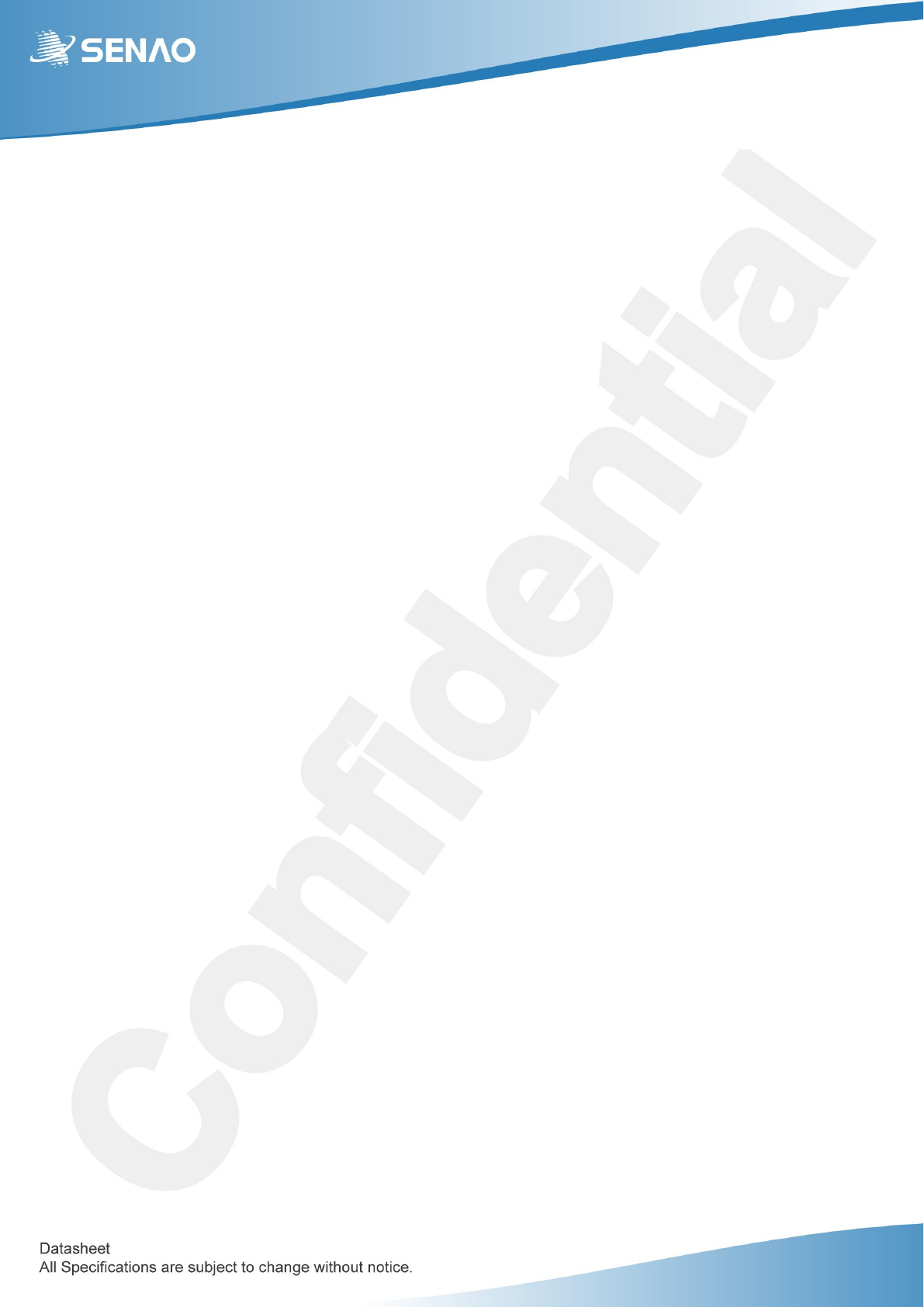
Page 4
Federal Communication Commission Interference Statement
This device complies with Part 15 of the FCC Rules. Operation is subject to the following two
conditions: (1) This device may not cause harmful interference, and (2) this device must accept any
interference received, including interference that may cause undesired operation.
This equipment has been tested and found to comply with the limits for a Class B digital device,
pursuant to Part 15 of the FCC Rules. These limits are designed to provide reasonable protection
against harmful interference in a residential installation. This equipment generates, uses and can
radiate radio frequency energy and, if not installed and used in accordance with the instructions,
may cause harmful interference to radio communications. However, there is no guarantee that
interference will not occur in a particular installation. If this equipment does cause harmful
interference to radio or television reception, which can be determined by turning the equipment
off and on, the user is encouraged to try to correct the interference by one of the following
measures:
- Reorient or relocate the receiving antenna.
- Increase the separation between the equipment and receiver.
- Connect the equipment into an outlet on a circuit different from that
to which the receiver is connected.
- Consult the dealer or an experienced radio/TV technician for help.
FCC Caution: Any changes or modifications not expressly approved by the party responsible for
compliance could void the user's authority to operate this equipment.
This transmitter must not be co-located or operating in conjunction with any other antenna or
transmitter.
For operation within 5.15 ~ 5.25GHz frequency range, it is restricted to indoor environment. This
device meets all the other requirements specified in Part 15E, Section 15.407 of the FCC Rules.
Radiation Exposure Statement:
This equipment complies with FCC radiation exposure limits set forth for an uncontrolled
environment. This equipment should be installed and operated with minimum distance 26 cm
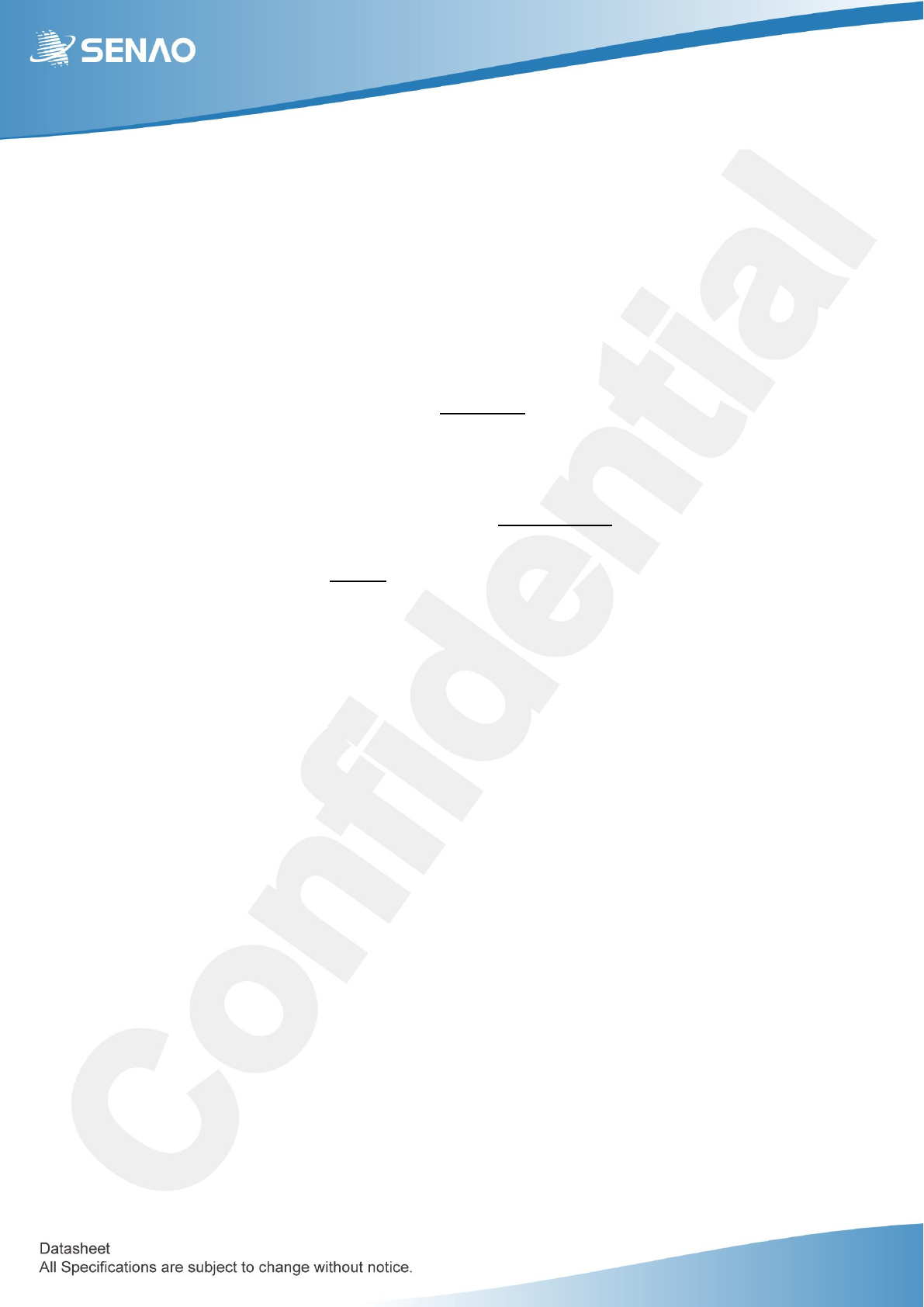
Page 5
between the radiator & your body.
This device is intended only for OEM integrators under the following conditions:
1) The antenna must be installed such that 26 cm is maintained between the antenna and users,
and
2) The transmitter module may not be co-located with any other transmitter or antenna.
As long as 2 conditions above are met, further transmitter test will not be required. However, the
OEM integrator is still responsible for testing their end-product for any additional compliance
requirements required with this module installed
IMPORTANT NOTE: In the event that these conditions can not be met (for example certain laptop
configurations or co-location with another transmitter), then the FCC authorization is no longer
considered valid and the FCC ID can not be used on the final product. In these circumstances, the
OEM integrator will be responsible for re-evaluating the end product (including the transmitter)
and obtaining a separate FCC authorization.
End Product Labeling
This transmitter module is authorized only for use in device where the antenna may be installed
such that 20 cm may be maintained between the antenna and users. The final end product must
be labeled in a visible area with the following: “Contains FCC ID: TVE-140601”. The grantee's FCC ID
can be used only when all FCC compliance requirements are met.
Manual Information To the End User
The OEM integrator has to be aware not to provide information to the end user regarding how to
install or remove this RF module in the user’s manual of the end product which integrates this
module.
The end user manual shall include all required regulatory information/warning as show in this
manual.
Industry Canada statement:
This device complies with ISED’s licence-exempt RSSs. Operation is subject to the following two
conditions: (1) This device may not cause harmful interference, and (2) this device must accept any
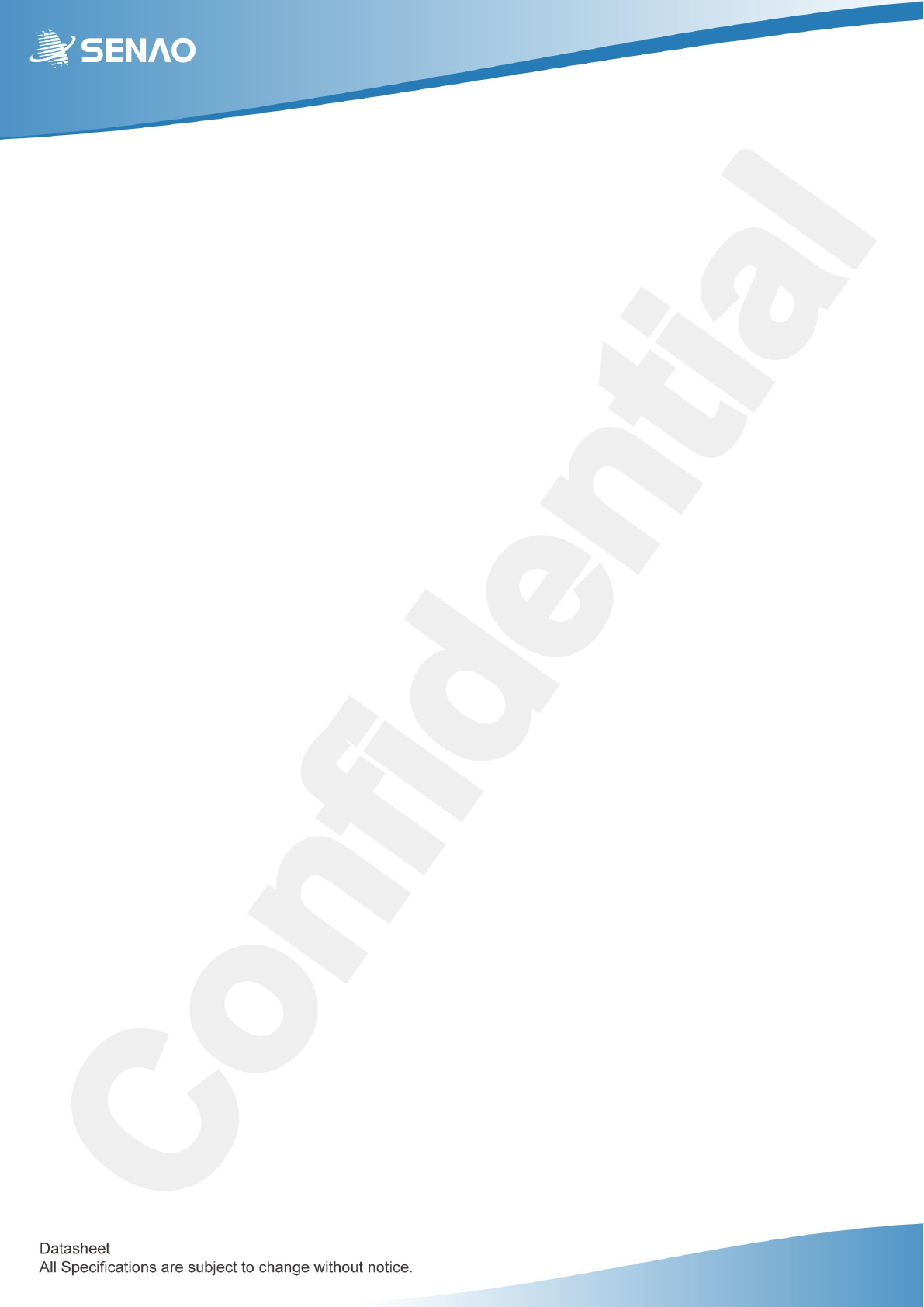
Page 6
interference received, including interference that may cause undesired operation.
Le présent appareil est conforme aux CNR d’ ISED applicables aux appareils radio exempts de
licence. L’exploitation est autorisée aux deux conditions suivantes : (1) le dispositif ne doit pas
produire de brouillage préjudiciable, et (2) ce dispositif doit accepter tout brouillage reçu, y
compris un brouillage susceptible de provoquer un fonctionnement indésirable.
Radiation Exposure Statement:
This equipment complies with ISED radiation exposure limits set forth for an uncontrolled
environment. This equipment should be installed and operated with minimum distance 27 cm
between the radiator & your body.
Déclaration d'exposition aux radiations:
Cet équipement est conforme aux limites d'exposition aux rayonnements ISED établies pour un
environnement non contrôlé. Cet équipement doit être installé et utilisé avec un minimum de 27
cm de distance entre la source de rayonnement et votre corps.
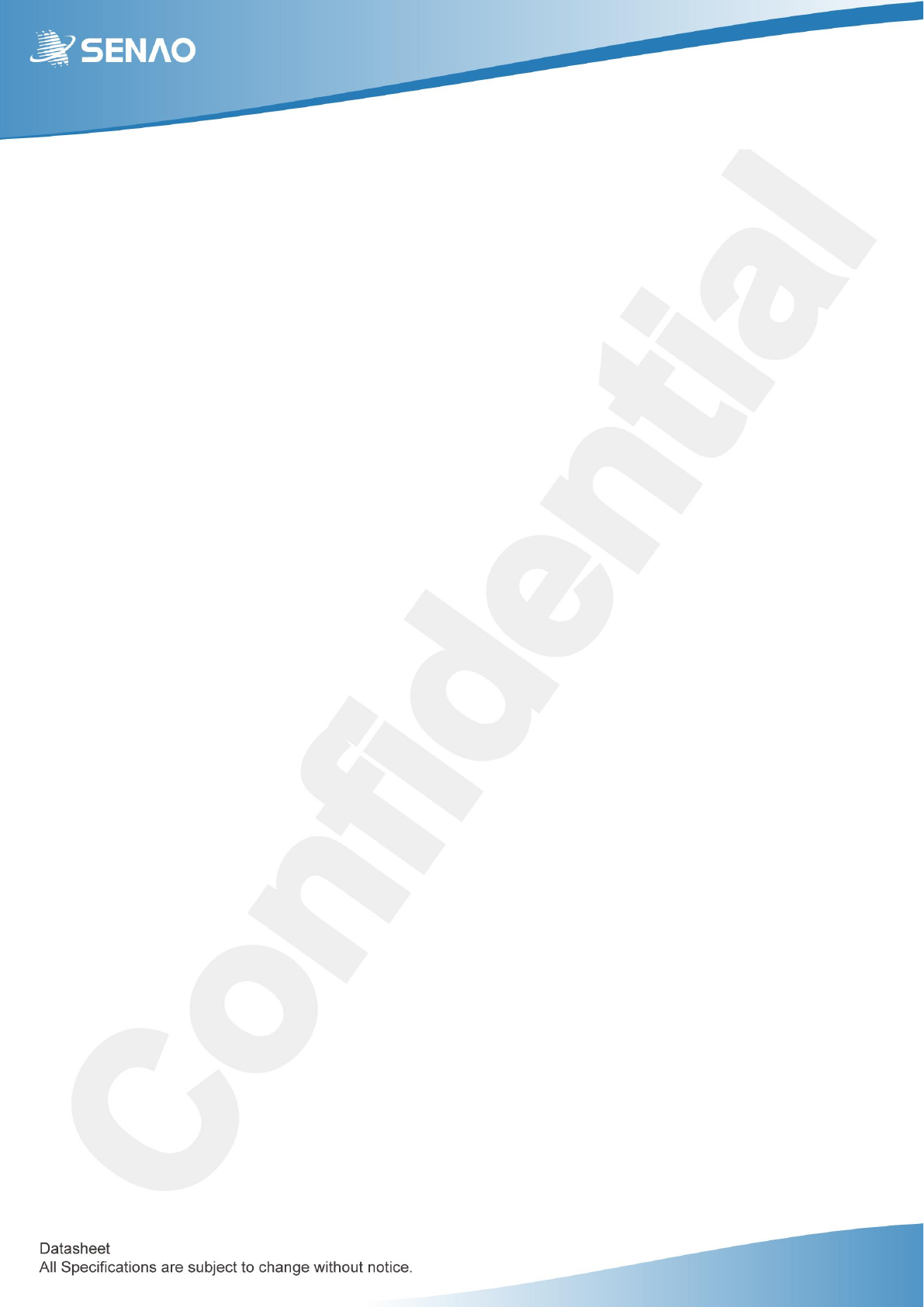
Page 7
This device is intended only for OEM integrators under the following conditions: (For module device use)
1) The antenna must be installed such that 27 cm is maintained between the antenna and users,
and
2) The transmitter module may not be co-located with any other transmitter or antenna.
As long as 2 conditions above are met, further transmitter test will not be required. However, the
OEM integrator is still responsible for testing their end-product for any additional compliance
requirements required with this module installed.
Cet appareil est conçu uniquement pour les intégrateurs OEM dans les conditions suivantes: (Pour
utilisation de dispositif module)
1) L'antenne doit être installée de telle sorte qu'une distance de 27 cm est respectée entre
l'antenne et les utilisateurs, et
2) Le module émetteur peut ne pas être coïmplanté avec un autre émetteur ou antenne.
Tant que les 2 conditions ci-dessus sont remplies, des essais supplémentaires sur l'émetteur ne
seront pas nécessaires. Toutefois, l'intégrateur OEM est toujours responsable des essais sur son
produit final pour toutes exigences de conformité supplémentaires requis pour ce module installé.
IMPORTANT NOTE:
In the event that these conditions can not be met (for example certain laptop configurations or
co-location with another transmitter), then the Canada authorization is no longer considered valid
and the IC ID can not be used on the final product. In these circumstances, the OEM integrator will
be responsible for re-evaluating the end product (including the transmitter) and obtaining a
separate Canada authorization.
NOTE IMPORTANTE:
Dans le cas où ces conditions ne peuvent être satisfaites (par exemple pour certaines
configurations d'ordinateur portable ou de certaines co-localisation avec un autre émetteur),
l'autorisation du Canada n'est plus considéré comme valide et l'ID IC ne peut pas être utilisé sur le
produit final. Dans ces circonstances, l'intégrateur OEM sera chargé de réévaluer le produit final (y
compris l'émetteur) et l'obtention d'une autorisation distincte au Canada.
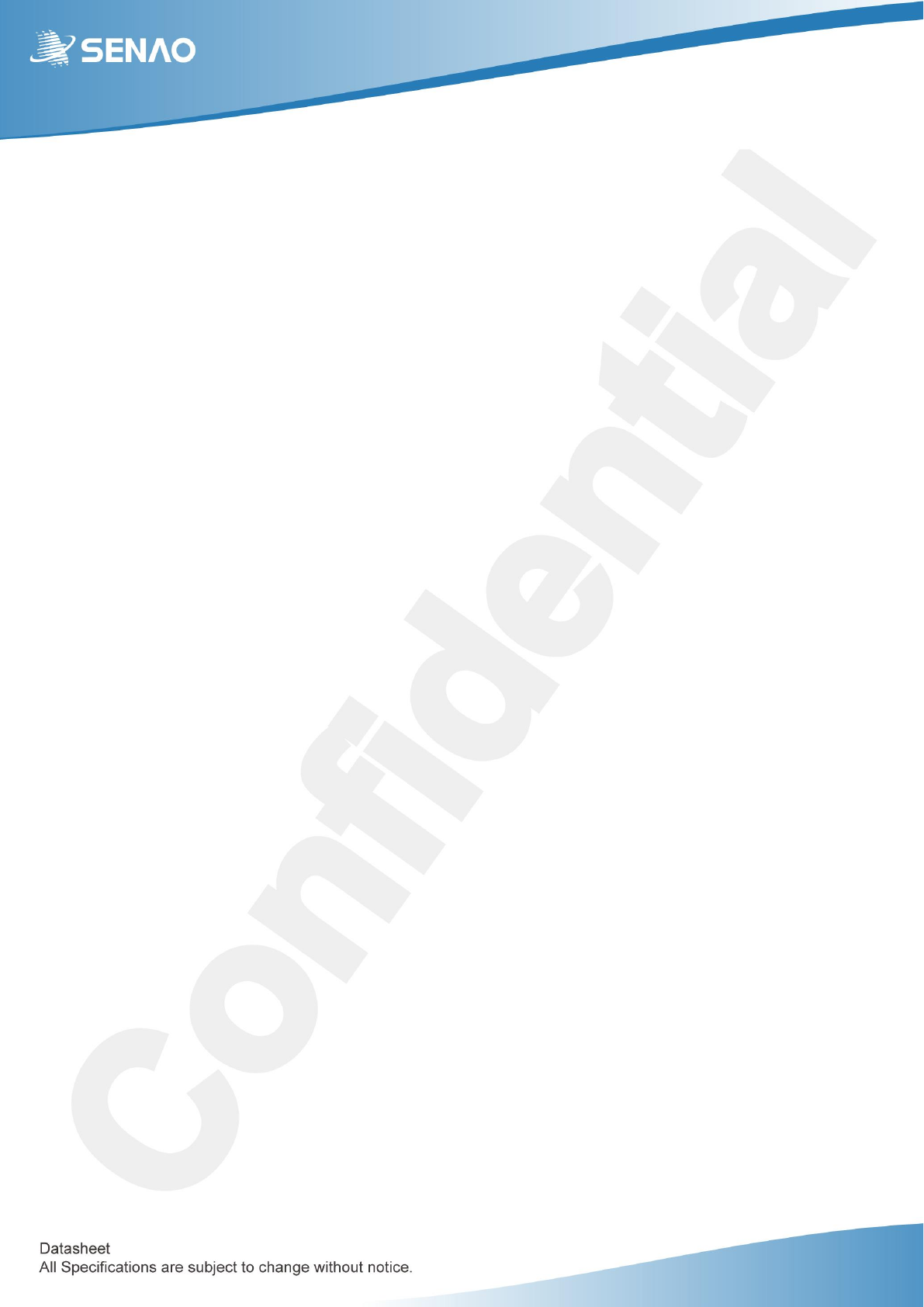
Page 8
End Product Labeling
This transmitter module is authorized only for use in device where the antenna may be installed
such that 27 cm may be maintained between the antenna and users. The final end product must
be labeled in a visible area with the following: “Contains IC: 7280B-140601”.
Plaque signalétique du produit final
Ce module émetteur est autorisé uniquement pour une utilisation dans un dispositif où l'antenne
peut être installée de telle sorte qu'une distance de 27 cm peut être maintenue entre l'antenne et
les utilisateurs. Le produit final doit être étiqueté dans un endroit visible avec l'inscription suivante:
"Contient des IC: 7280B-140601".
Manual Information To the End User
The OEM integrator has to be aware not to provide information to the end user regarding how to
install or remove this RF module in the user’s manual of the end product which integrates this
module.
The end user manual shall include all required regulatory information/warning as show in this
manual.
Manuel d'information à l'utilisateur final
L'intégrateur OEM doit être conscient de ne pas fournir des informations à l'utilisateur final quant
à la façon d'installer ou de supprimer ce module RF dans le manuel de l'utilisateur du produit final
qui intègre ce module.
Le manuel de l'utilisateur final doit inclure toutes les informations réglementaires requises et
avertissements comme indiqué dans ce manuel.
Caution :
(i) the device for operation in the band 5150-5250 MHz is only for indoor use to reduce the
potential for harmful interference to co-channel mobile satellite systems;
(ii) the maximum antenna gain permitted for devices in the band 5725-5850 MHz shall be such that
the equipment still complies with the e.i.r.p. limits specified for point-to-point and non-point-to-point
operation as appropriate; and
(iii) Users should also be advised that high-power radars are allocated as primary users (i.e. priority
users) of the bands 5650-5850 MHz and that these radars could cause interference and/or damage
to LE-LAN devices.
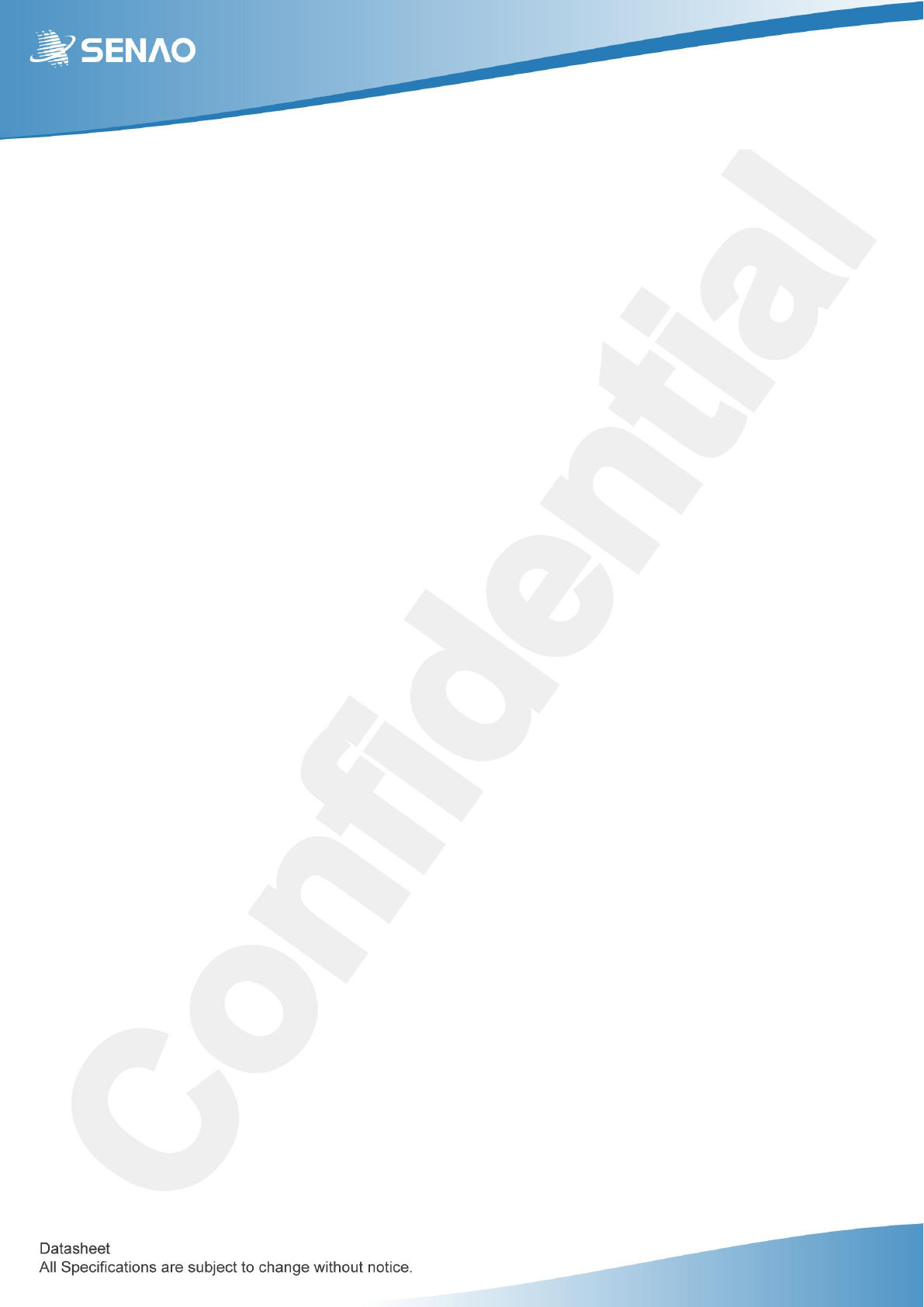
Page 9
Avertissement:
(i) les dispositifs fonctionnant dans la bande 5150-5250 MHz sont réservés uniquement pour une
utilisation à l’intérieur afin de réduire les risques de brouillage préjudiciable aux systèmes de
satellites mobiles utilisant les mêmes canaux;
(ii) le gain maximal d'antenne permis (pour les dispositifs utilisant la bande de 5725 à 5 850 MHz) doit
être conforme à la limite de la p.i.r.e. spécifiée pour l'exploitation point à point et l’exploitation non
point à point, selon le cas;
(iii) De plus, les utilisateurs devraient aussi être avisés que les utilisateurs de radars de haute
puissance sont désignés utilisateurs principaux (c.-à-d., qu’ils ont la priorité) pour les bandes
5650-5850 MHz et que ces radars pourraient causer du brouillage et/ou des dommages aux
dispositifs LAN-EL.